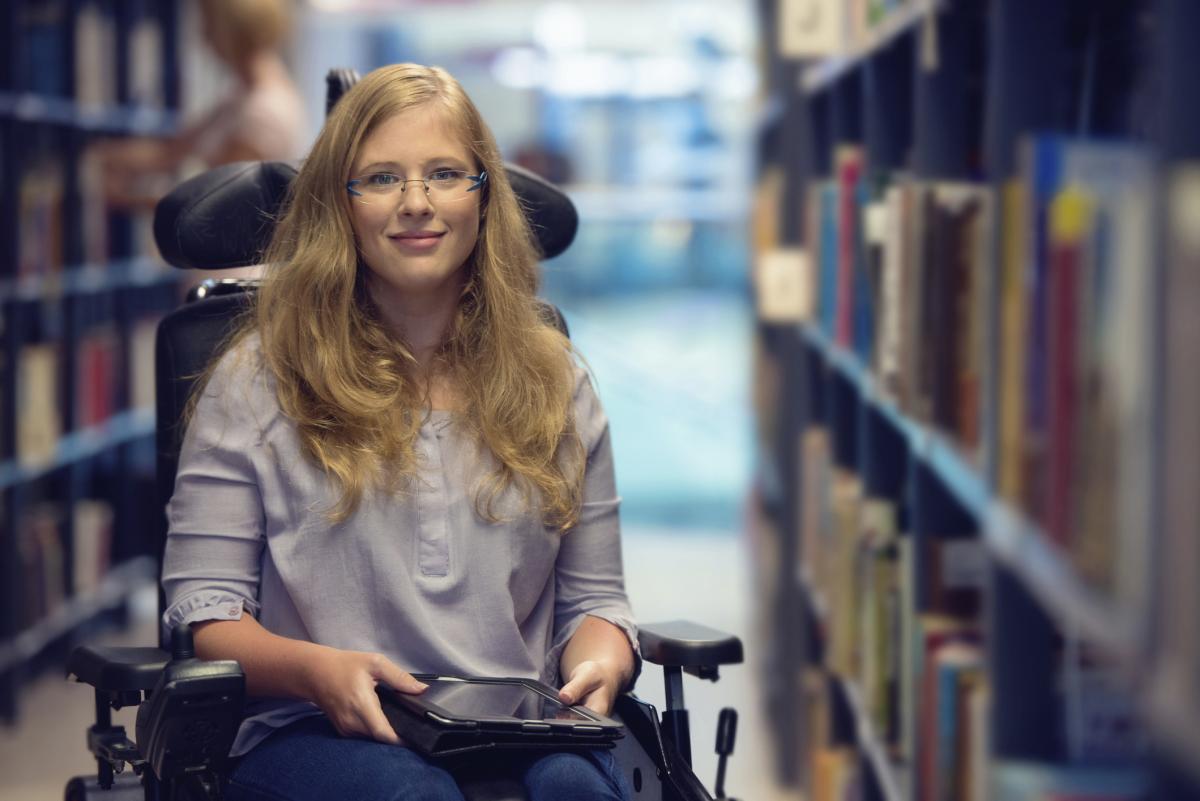Muscular dystrophy
Nearly 250,000 Americans are affected by muscular dystrophy, a genetic disorder that impacts your muscles responsible for movement.
What is muscular dystrophy?
Muscular dystrophy is a cluster of many different genetic diseases. Although they're all characterized by advancing weakness and deterioration of skeletal muscles responsible for movement, some types of muscular dystrophy are diagnosed in infancy or toddlerhood while others don't appear until young adulthood or even middle age.
Muscular dystrophy types
Muscular dystrophy disorders differ in terms of the extent of muscle weakness and age when diagnosed. The five most common types are:

Duchenne (pronounced "Due-SHEN") muscular dystrophy is the most commonly seen form of the disease. It affects boys overwhelmingly because muscular dystrophy is inherited in an X-linked recessive pattern, which means it's far less likely that females will develop symptoms because they have two copies of their X chromosomes (one from each parent). Because boys have only one X chromosome, they only have to inherit one copy of the defective gene to develop the disease.
Duchenne muscular dystrophy is caused by the absence of a protein called dystrophin, which is critical to maintaining muscle strength. Symptoms of muscle weakness typically are first noticed when the child is between 3 and 5 years old, though it worsens quickly. Most boys can no longer walk by age 12 and may later need assistance to breathe.
Life expectancy for these children can be less than 30 years, although medical advancements are allowing some with this condition to live longer. Girls in families in which muscular dystrophy has been diagnosed carry a 50% chance of having inherited the faulty gene responsible and can pass it on to their children.
Becker muscular dystrophy is a milder form of Duchenne muscular dystrophy, but Becker patients can have heart problems. Onset typically occurs in late childhood or adolescence and doesn't progress as rapidly as Duchenne dystrophy. In Becker muscular dystrophy, the voluntary muscles function better than they do with Duchenne.
Facioscapulohumeral muscular dystrophy is characterized by progressive weakness in the muscles of the face, arms, shoulders, chest and legs. Symptoms can vary from mild to disabling. This form of the disease typically presents during the teenage years but may not show up until adulthood. Rarely is weakness apparent in childhood.
Myotonic dystrophy is characterized by muscle weakness, trouble relaxing muscles (especially in the hands), heart problems, irregularities of the endocrine system and cataracts. If you have myotonic muscular dystrophy, you may have a long, thin face, drooping eyelids and a long neck. Myotonic dystrophy usually manifests in adulthood but can occur in children and may even show up at birth with severe weakness.
Limb-Girdle muscular dystrophy is a group of disorders with onset at differing ages and degrees of severity. All share a weakness that predominantly affects the upper arms and legs. Severity can range from mild to severe.
What are the primary signs and symptoms?
You may experience:
- Learning speech later than usual
- Pain and stiffness in the muscles
- Difficulty running and jumping
- Difficulty sitting up and standing
- Walking on toes
- Frequent falls
- An abnormal gait
- Shortened muscles and tendons, affecting movement
- The curvature of the spine
- Inability to walk
- Breathing difficulty so severe that assistance may be necessary
- A weakened heart muscle and other problems with the heart
- Difficulty swallowing
How is muscular dystrophy diagnosed?
Your HonorHealth neurologist may use these tests to diagnose the disease:
- Electromyography: A needle is placed into a muscle to measure the electrical activity and determine the health of that muscle.
- Muscle biopsy: A small portion of a muscle is removed and examined under a microscope.
- Blood tests
- Genetic tests
Causes and risk factors for muscular dystrophy
Mutations in a number of genes are responsible for the different forms of muscular dystrophy. Each type of disease stems from different mutations, but each mutation affects the production of a protein important for the structural integrity of muscle cells.
Treatment options for muscular dystrophy
Muscular dystrophy is a progressive condition without a cure. However, your neurologist will work with you to identify treatments for the disease that can help ease symptoms and improve daily living. Options include:
- Corticosteroids can minimize disease progression in Duchenne muscular dystrophy
- Heart medications if the heart is affected by the disease
- Physical therapy
- Breathing assistance
- Leg braces to increase stability while walking and to help maintain normal muscle and tendon length as long as possible
- Mobility assistance, including when necessary, canes, walkers and wheelchairs